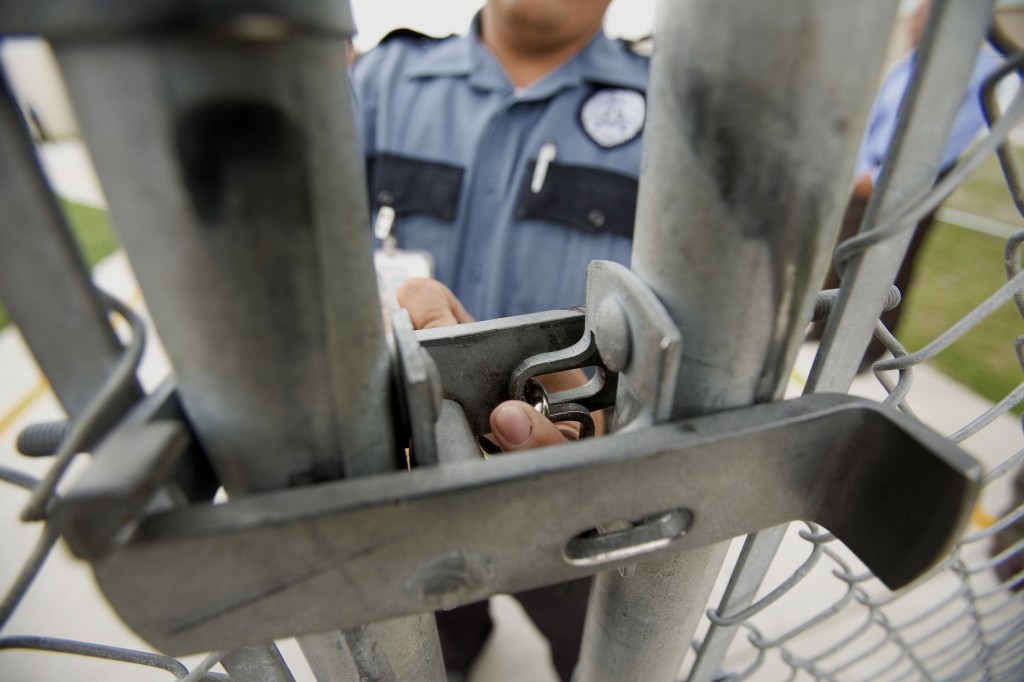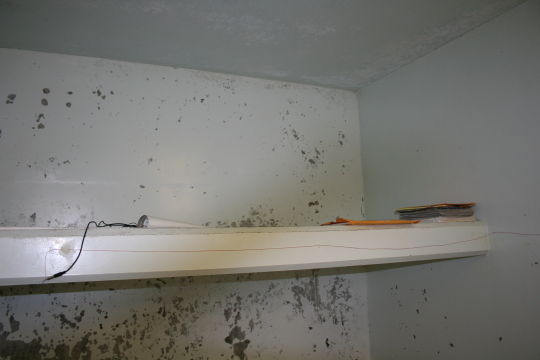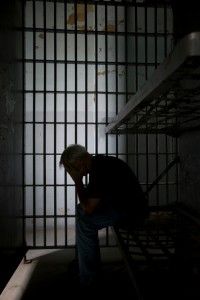
It has been more than three years now, but I can still remember the awestruck feeling I had in January 2013 while observing Chelsea Manning’s court-martial proceedings for the unauthorized disclosure of classified military documents to Wikileaks. This thought kept pouring through my mind as I sat intently listening to Col. Lind as she read her decision: “How is solitary confinement not ‘solitary confinement’?”
On 18 May, Amnesty International, with the help of attorneys from Keker & Van Nest, LLP, filed an amicus brief with the U.S. Army Court of Criminal Appeals in support of Chelsea Manning’s appeal of her sentence. While Manning’s attorneys are raising several points on appeal, Amnesty International’s brief focused on the conditions of her pre-trial detention, arguing that Judge Lind erred when finding that Manning was not subject to prolonged solitary confinement that amounted to pre-trial punishment in violation of Article 13 of the Uniform Code of Military Justice (UCMJ). SEE THE REST OF THIS POST







